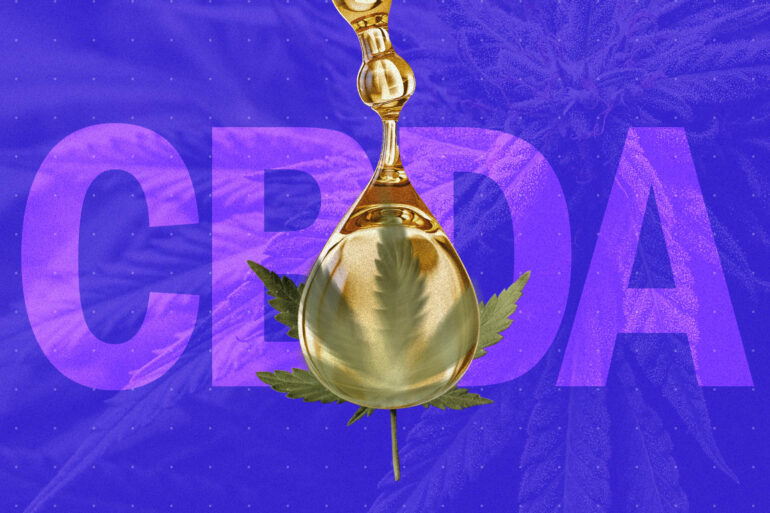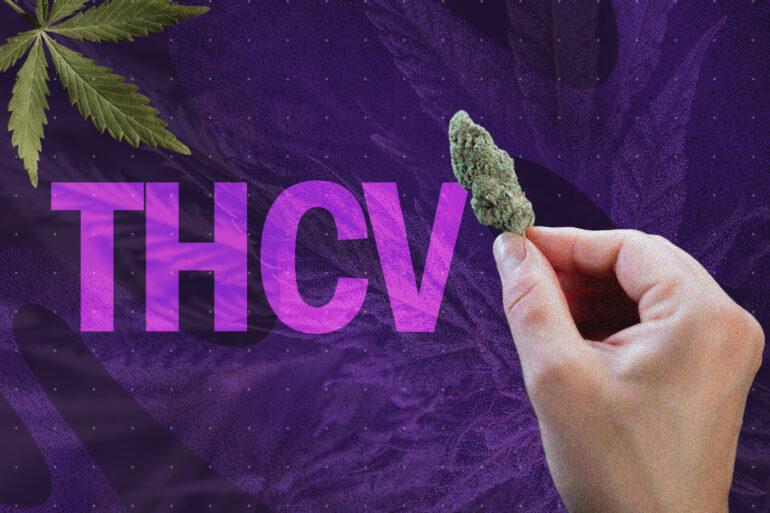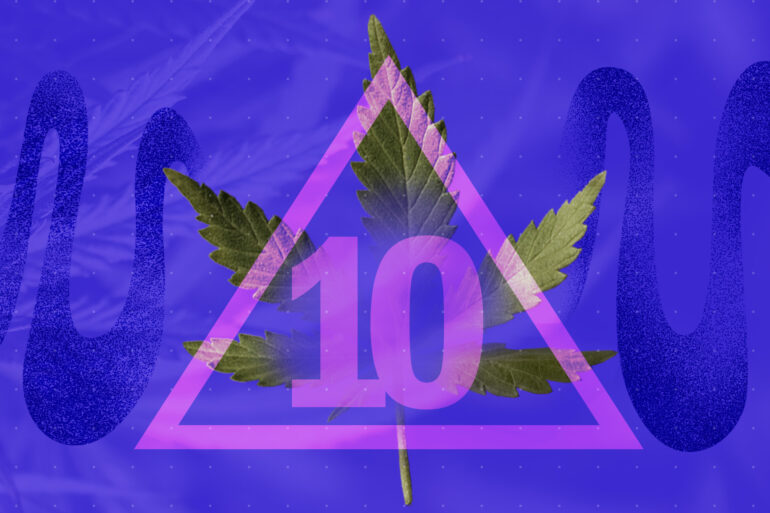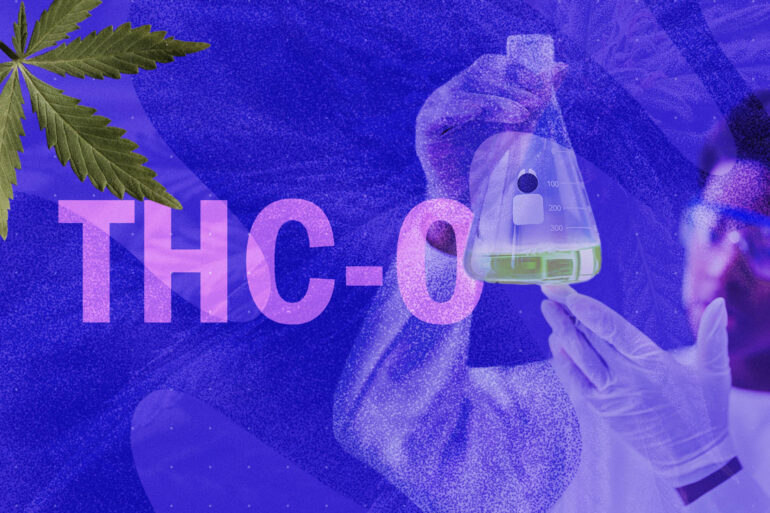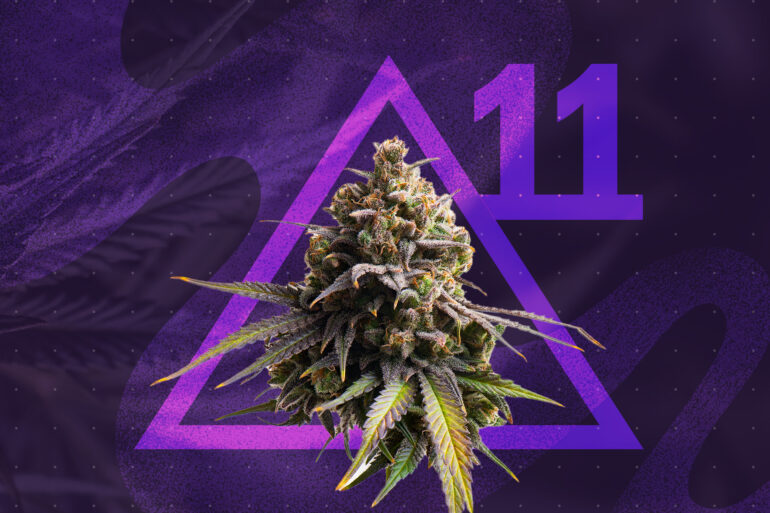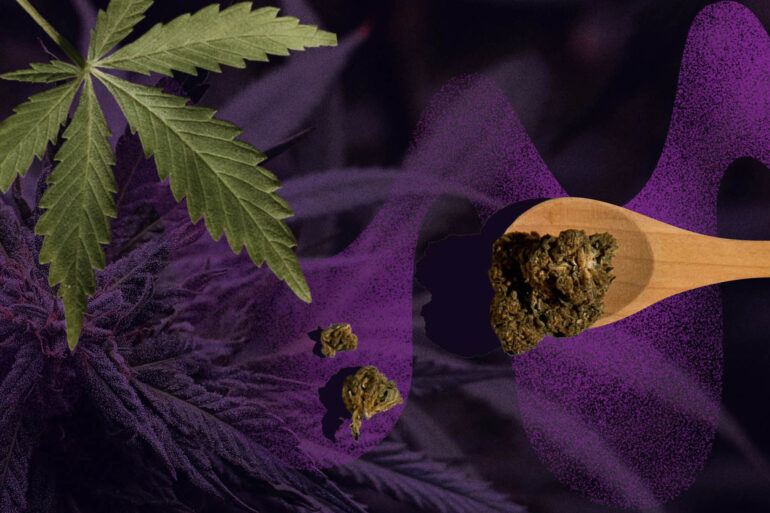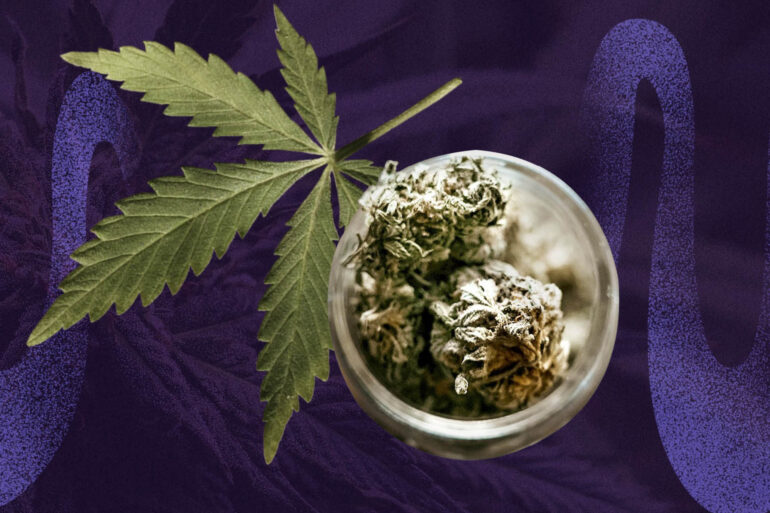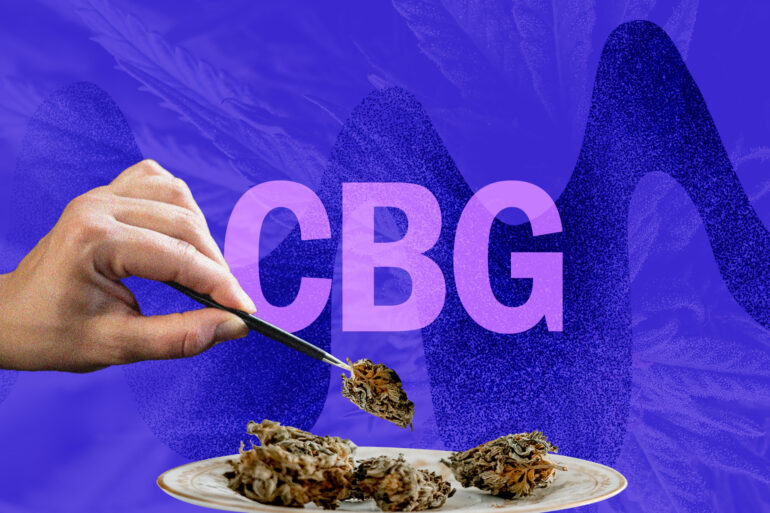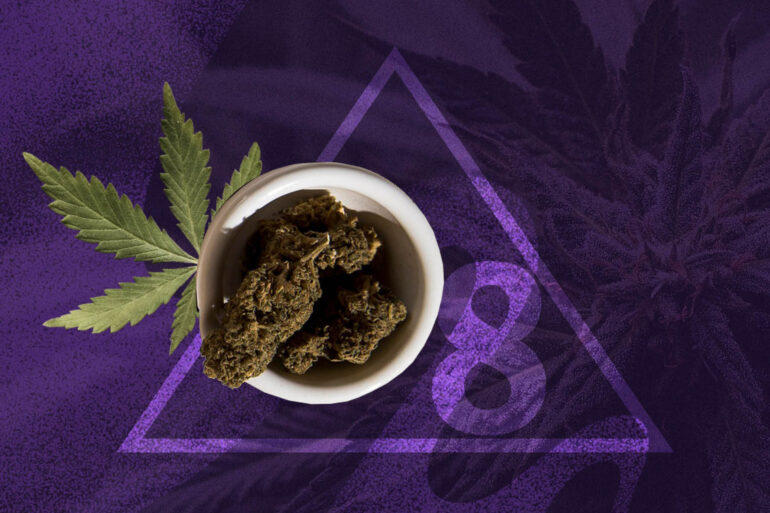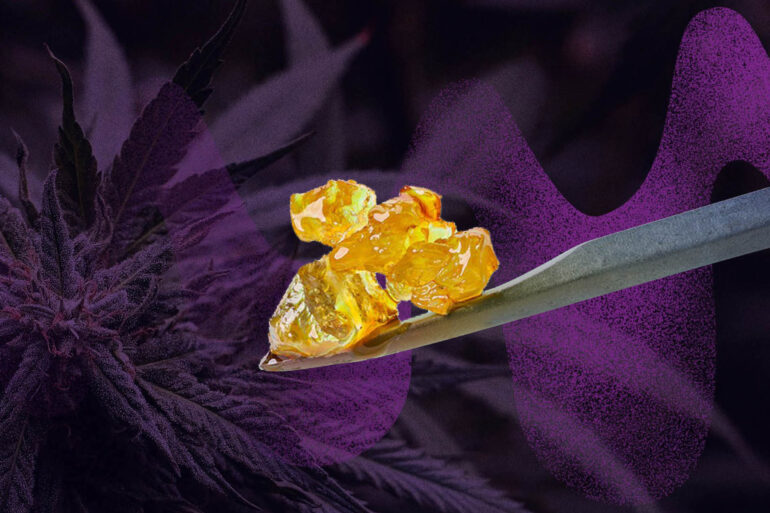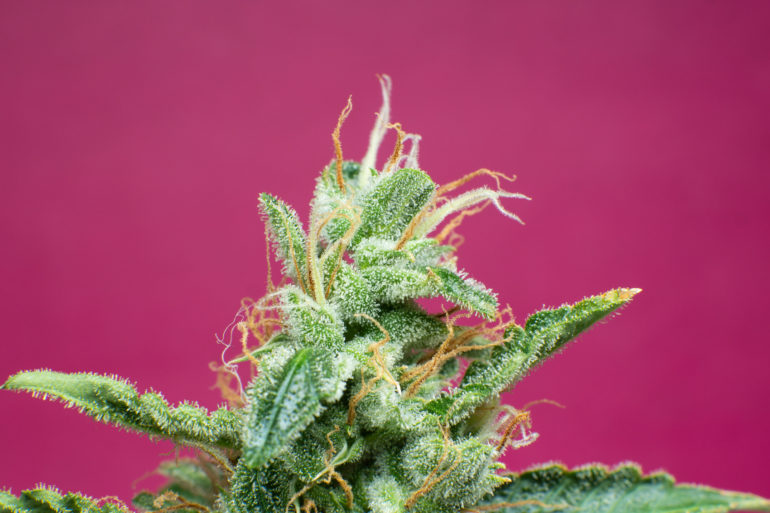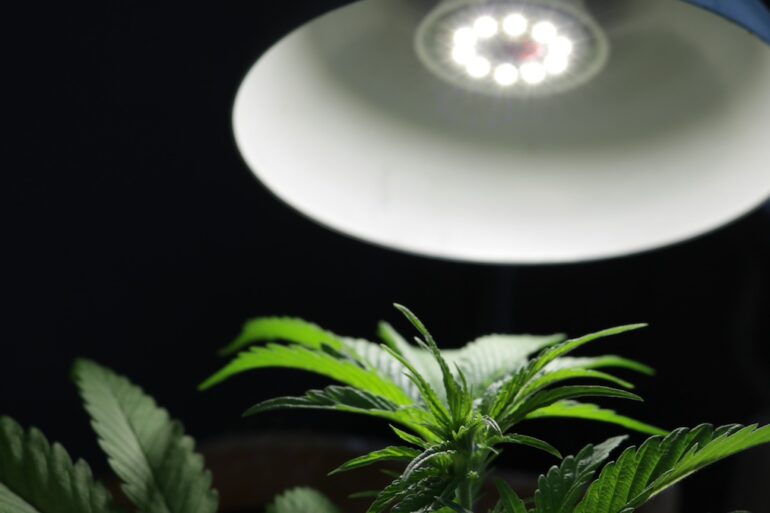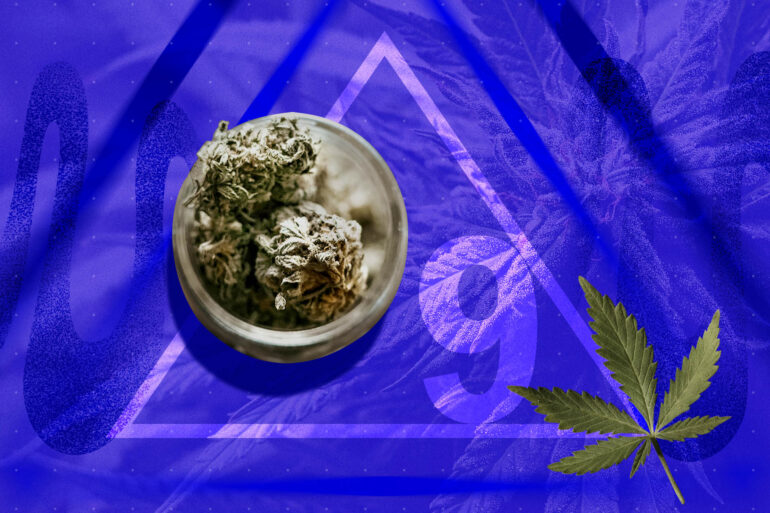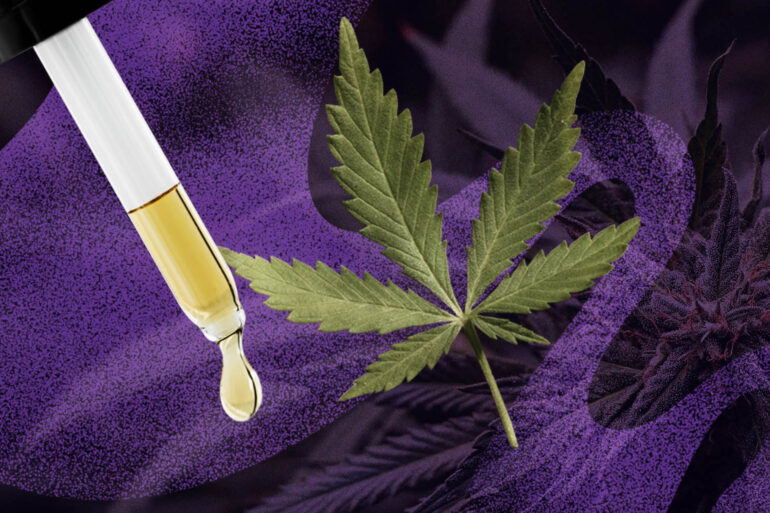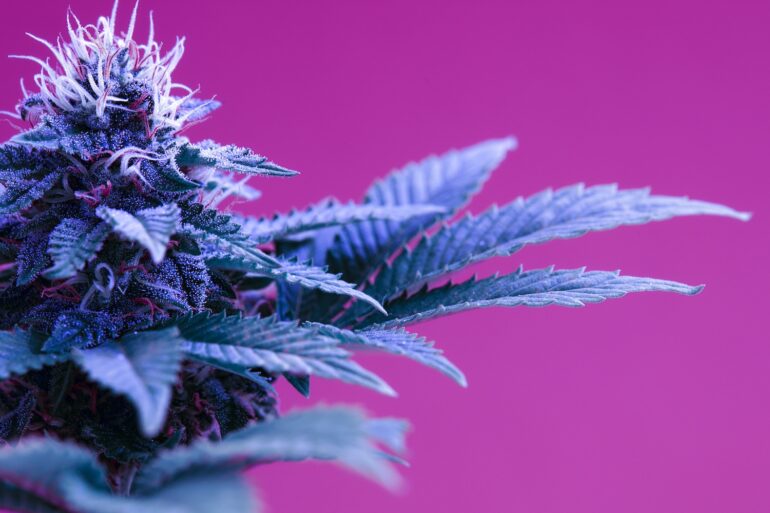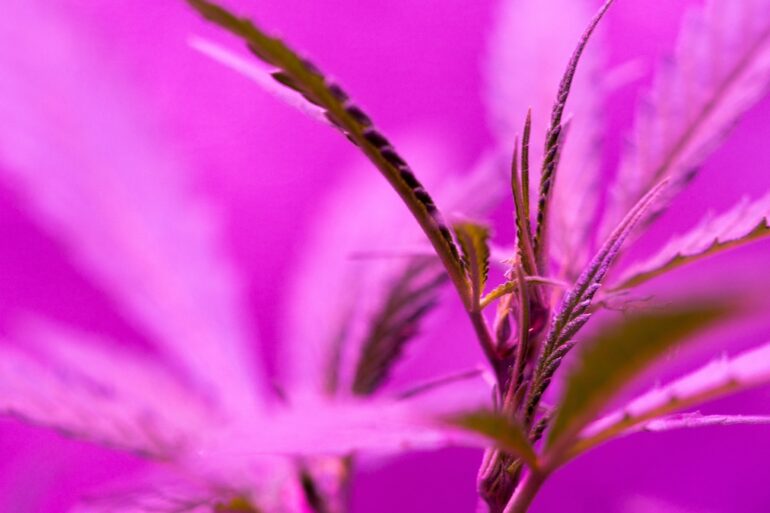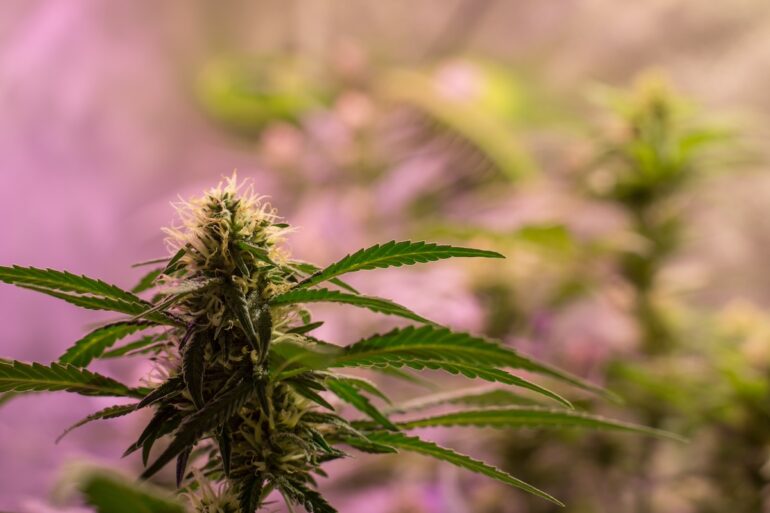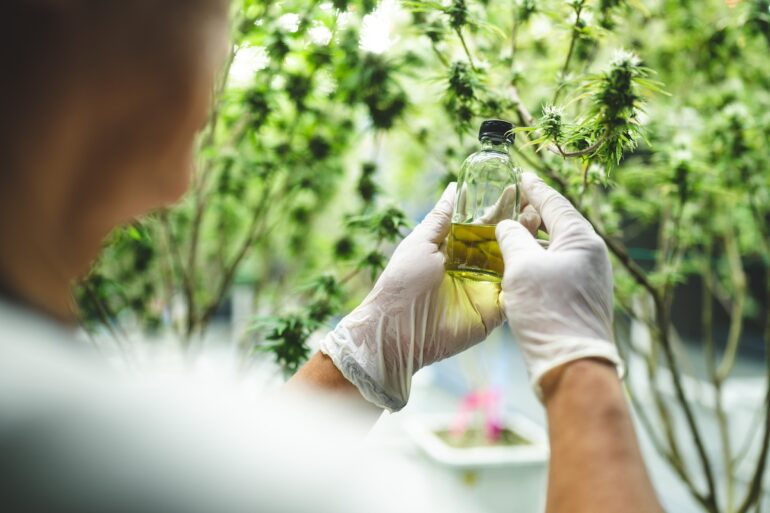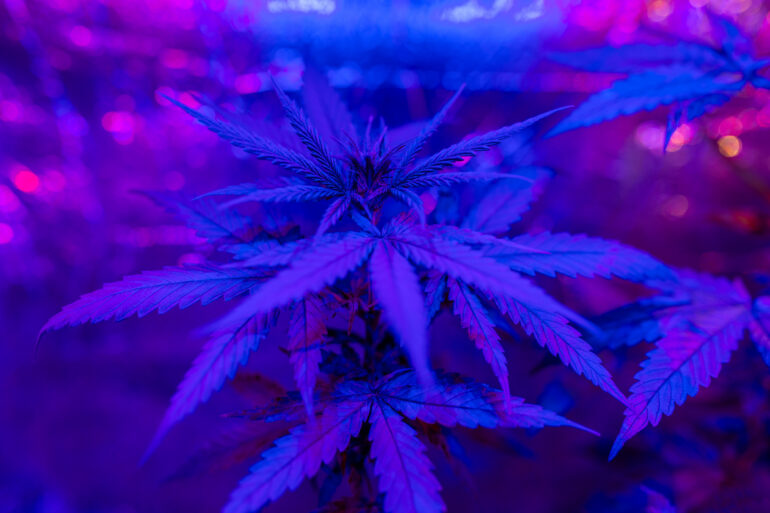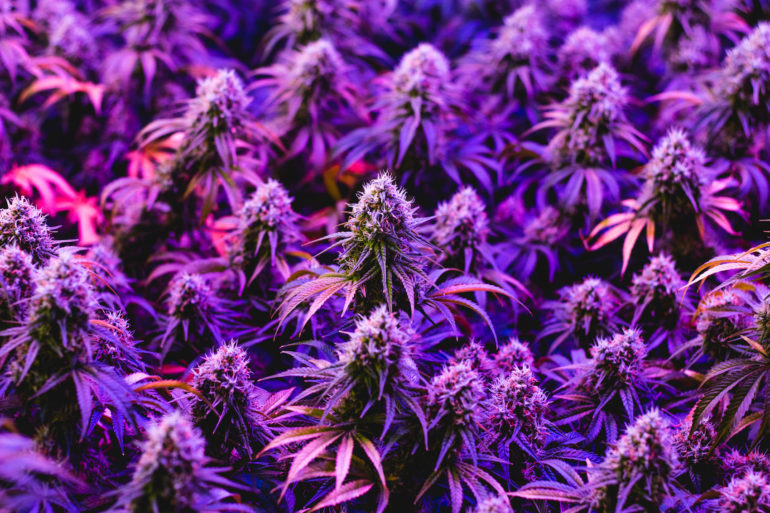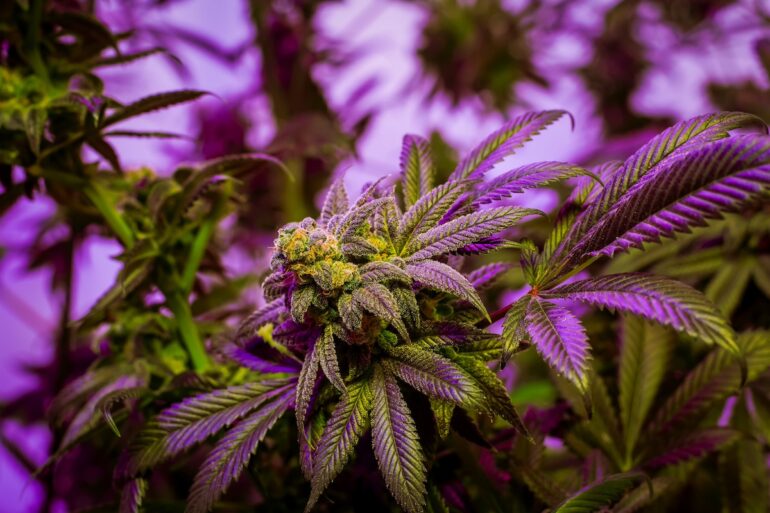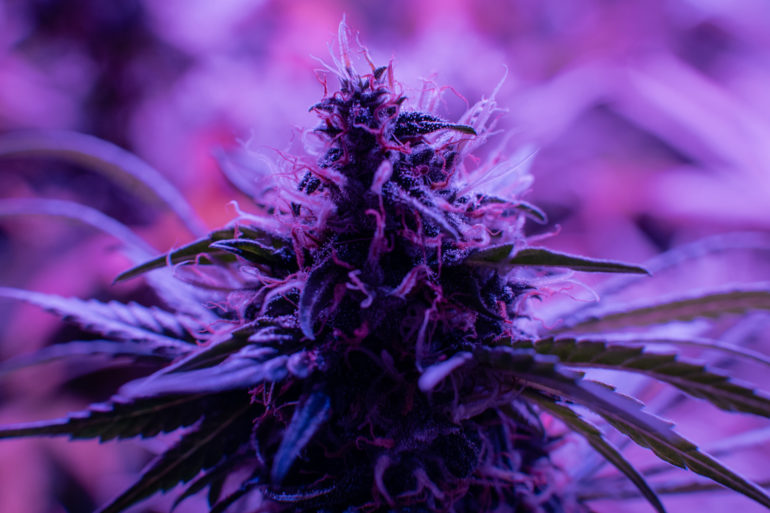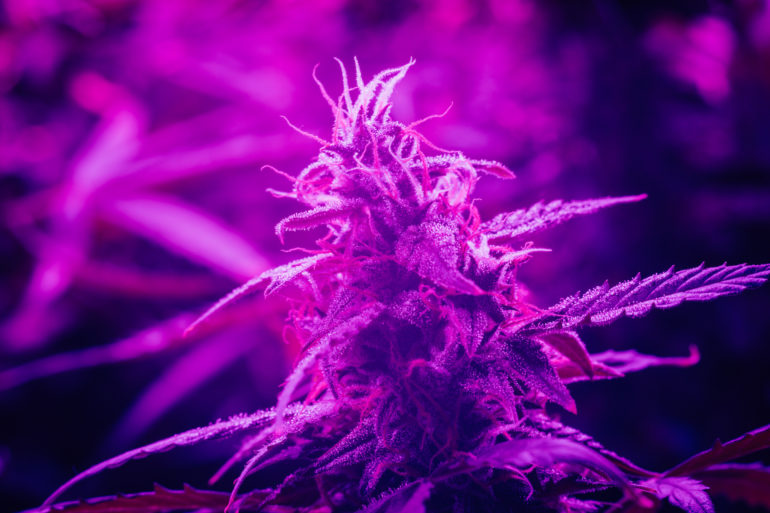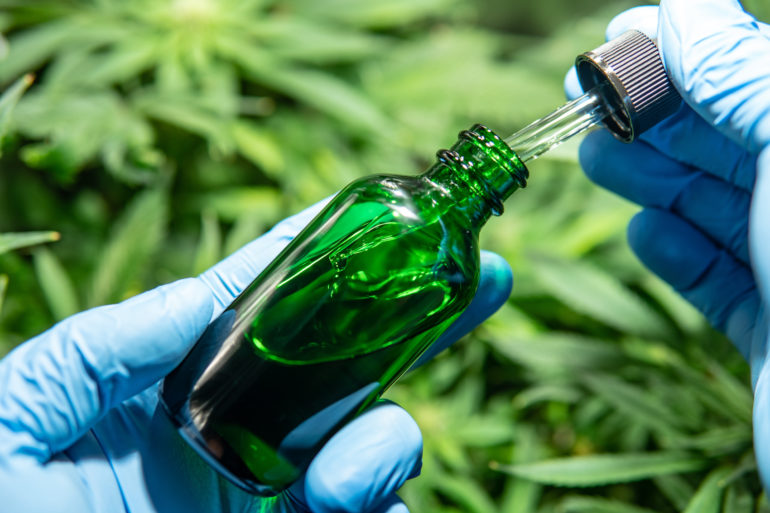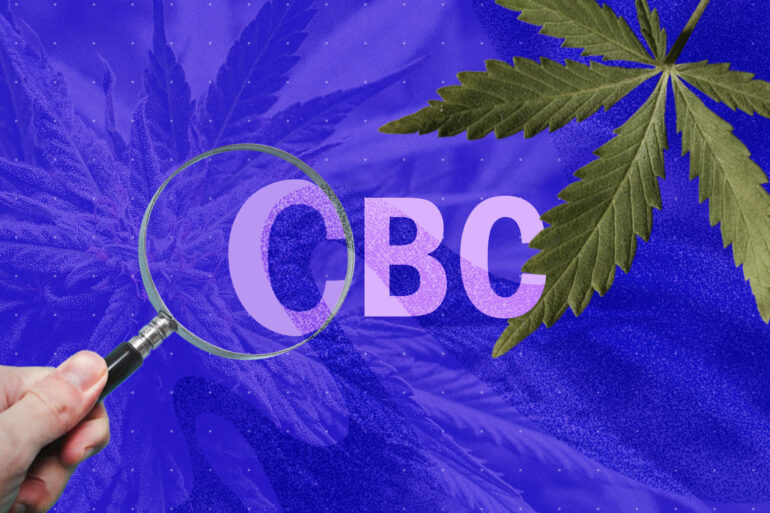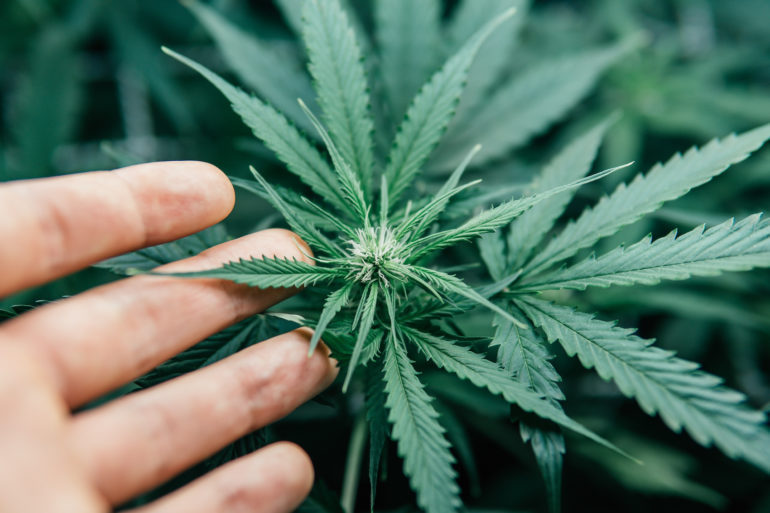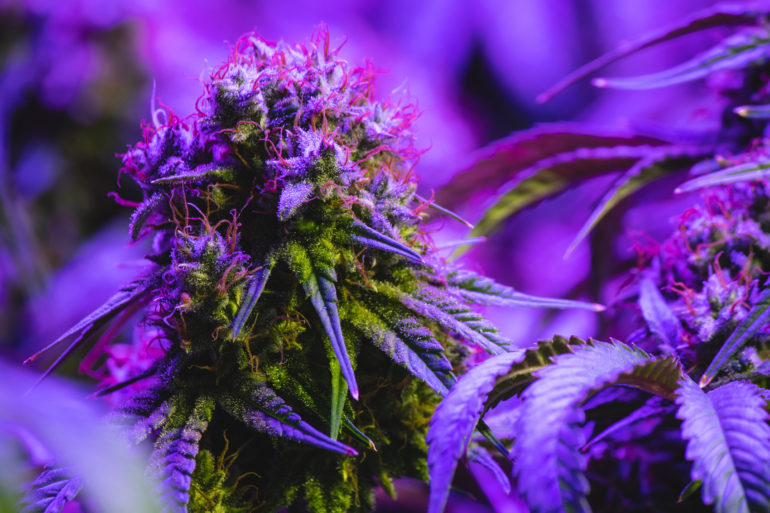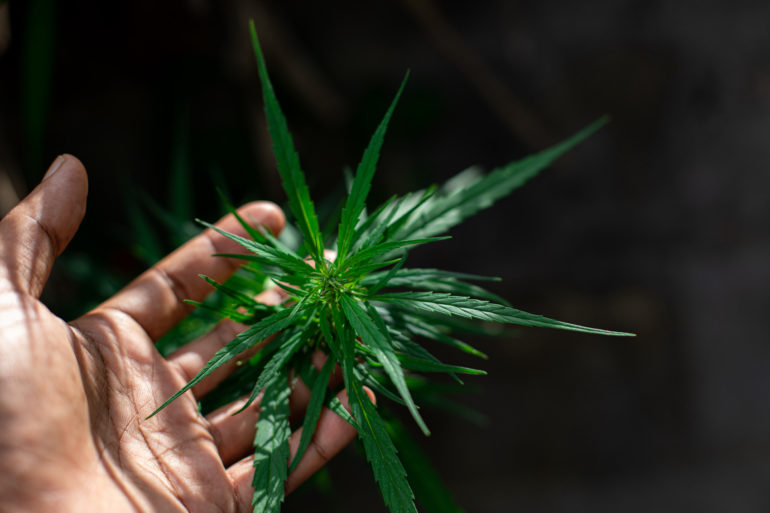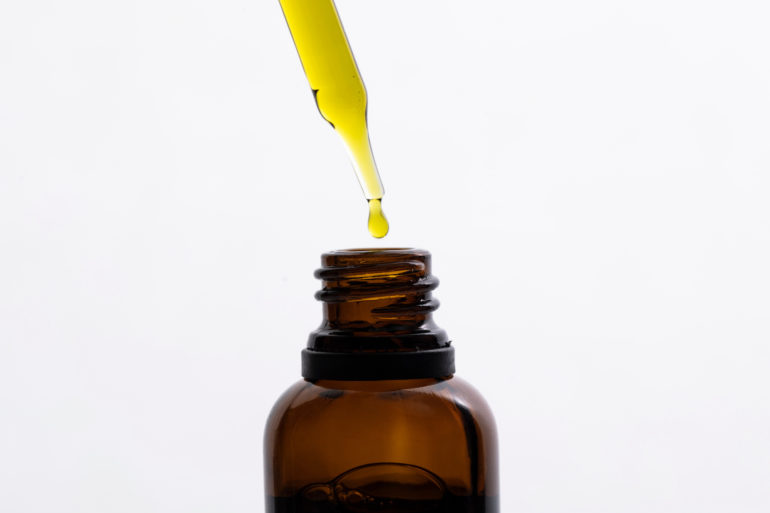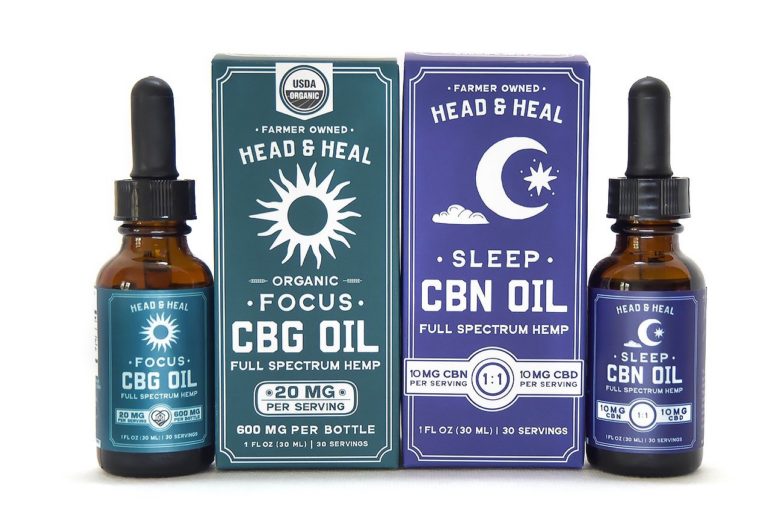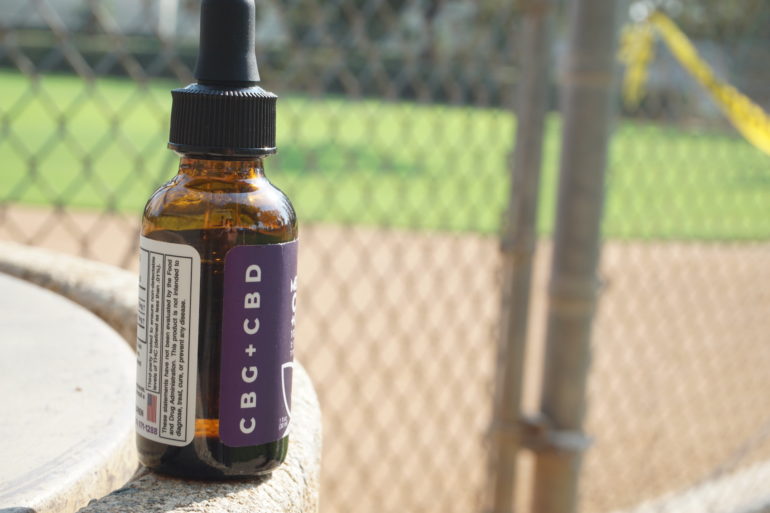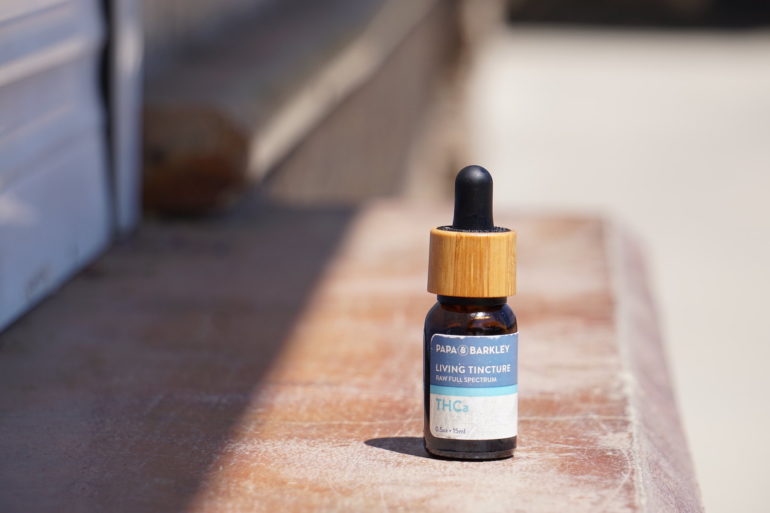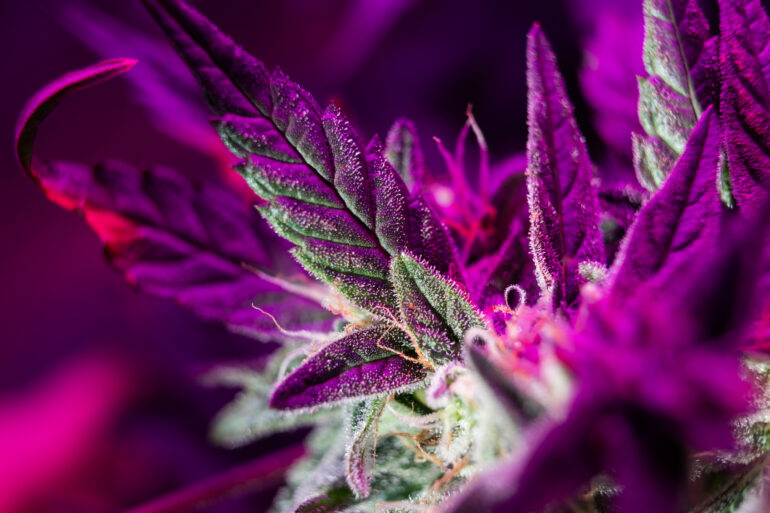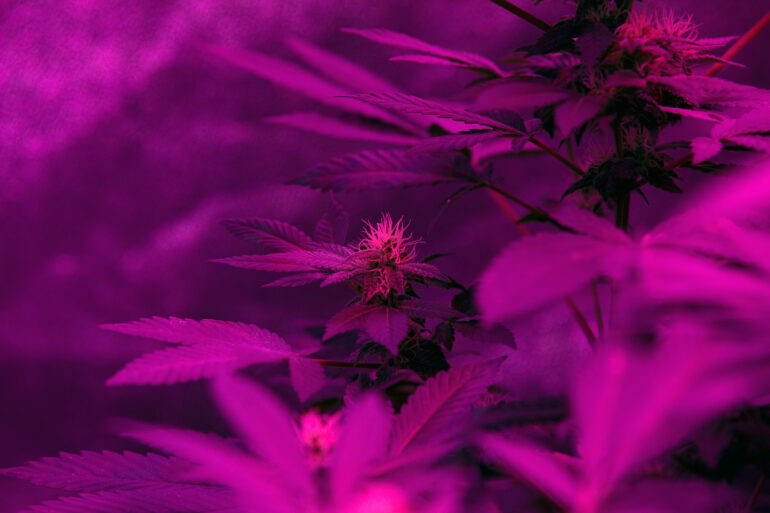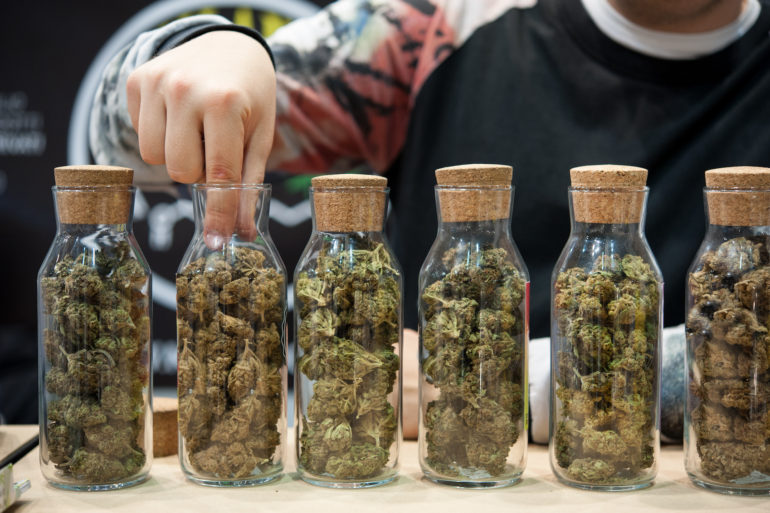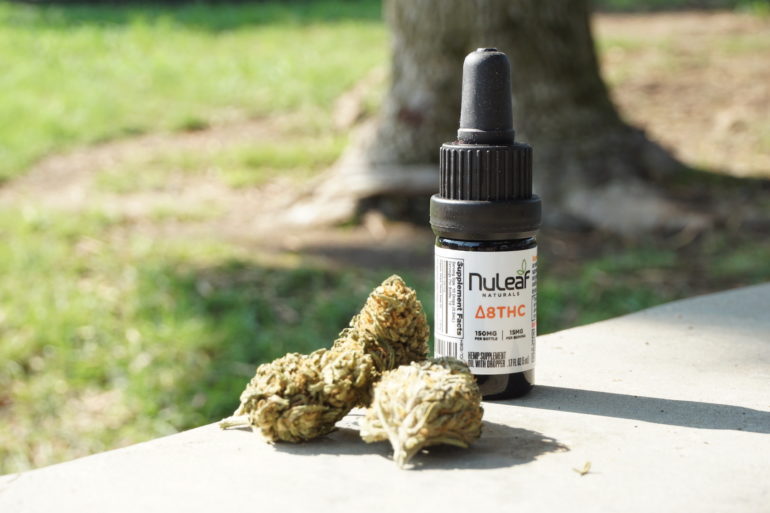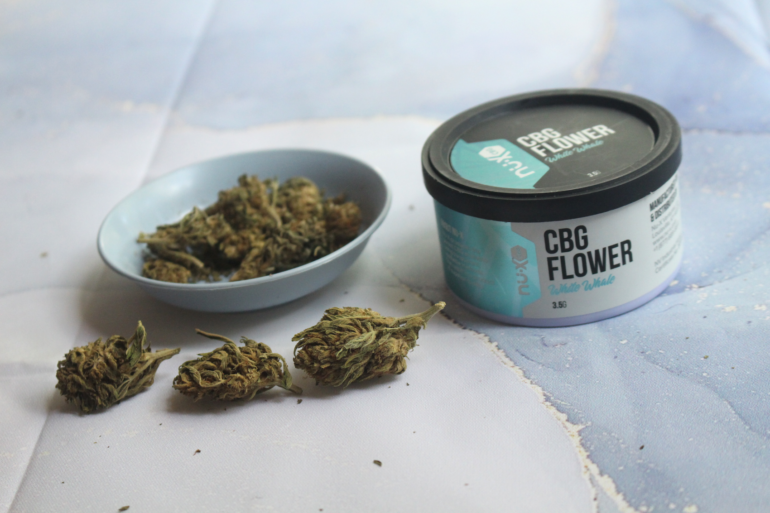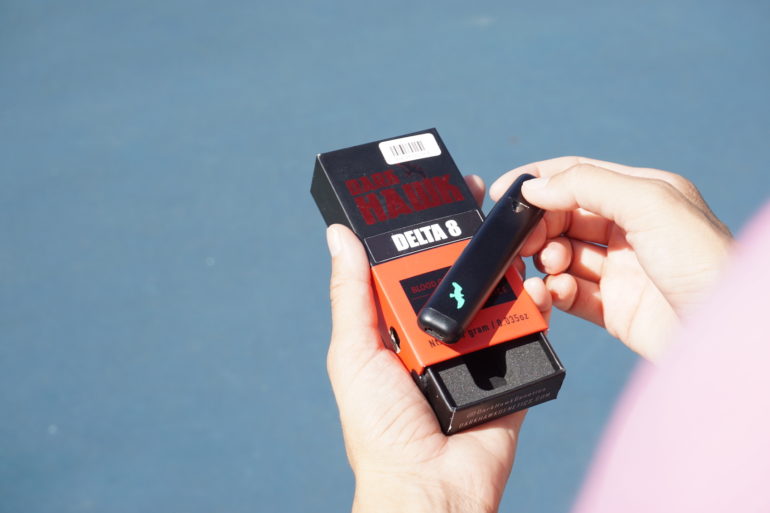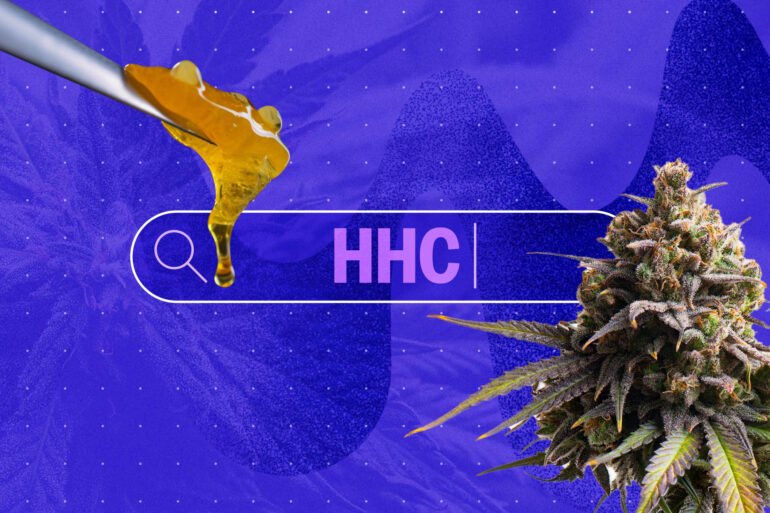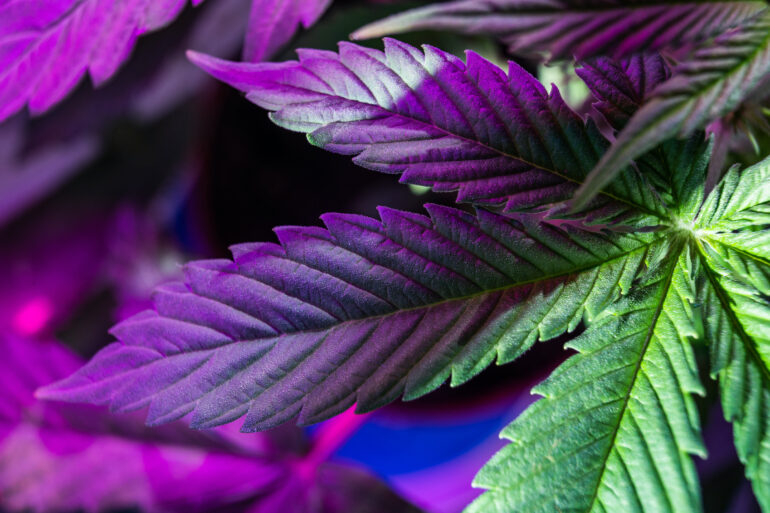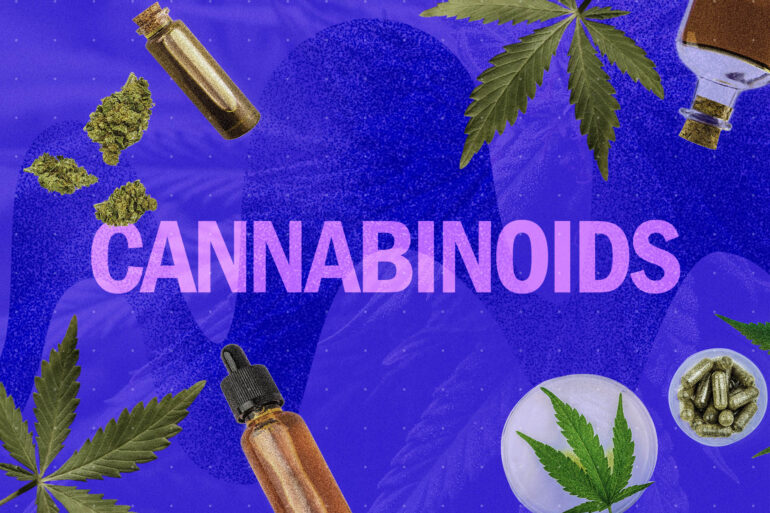Key Takeaways CBDA is the main cannabinoid in hemp that easily converts into CBD before and after ingestion. Thus, it carries similar properties as an...
Cannabinoids
THC and CBD are just the tip of the cannabinoid iceberg, discover both the myriad cannabinoids within hemp and cannabis, and the therapeutic potential of each.
Key Takeaways: Tetrahydrocannabivarin (THCV) is a cannabinoid that is naturally present in the cannabis plant. Its molecular structure is shorter than delta-9 THC which makes...
Delta-10-Tetrahydrocannabinol (delta-10 THC) is one of many compounds within the cannabis plant, and it has recently started gaining popularity, particularly for those who live in...
Key Takeaways: The cannabis industry is expanding to include synthetic cannabinoids like THC-O Acetate, which despite being a controlled substance, is gaining popularity. As research...
Delta-11 THC, also known as “exo THC,” is a synthetic rearrangement of delta-9 THC that potentially has one-third the psychotropic effects of its natural counterpart....
Tetrahydrocannabiphorol (THCP) is a newly discovered cannabinoid that is significantly more potent and psychoactive than delta-9 THC. If you’re considering THCP, you should be aware...
A beginner’s guide to this promising minor cannabinoid.
CBD might be the most well-known non-intoxicating cannabinoid, but it’s far from the only useful component of the plant. Cannabigerol (CBG) is called the “mother...
While cannabis is fully legal in a handful of states across the US, the majority of residents still don’t have recreational access to the plant...
Key Takeaways: How Was THCA Discovered? The world first learned of tetrahydrocannabinolic acid (THCA) in a 1965 paper, and Dr. Mechoulam confirmed the existence of...
Summary: For all of its oversights and flaws, one great thing about the 2018 Farm Bill is that it firmly established that delta-9 THC and...
PHC, aka hydrox4phc or hydrox-4-PHC, is a very new, semisynthetic hemp derivative. It is already available for retail consumers, but there are many health and...
THC is best known for both its medicinal and psychotropic effects. Nowadays, THC is recommended by healthcare professionals in a majority of states for conditions...
Key Takeaways: What Is CBD? Cannabidiol, or CBD, is the most widely-known non-intoxicating cannabinoid in the world, but how it works is often misunderstood. Ironically,...
Hexahydrocannabiphorol (HHCP) is a relatively new and unknown semisynthetic cannabinoid. It’s a hydrogenated form of THCP, and an intoxicating THC isomer. The molecular structure of...
Cannabicitran (CBTC) is actually one of the most abundant and oldest-identified cannabinoids in hemp. Similar to CBD and CBC, CBTC is a non-psychoactive cannabinoid and...
Cannabitriol is found both as a naturally-occurring THC analog in plants and a metabolite of delta-9 THC. Our bodies make CBT as an oxidized metabolite...
THCH is a naturally-occurring cannabinoid and hexyl homolog of THC present in certain cannabis cultivars. It was confirmed to be a natural cannabis compound in...
Not too long ago, THC meant one thing: delta-9 tetrahydrocannabinol. But the 2018 Farm Bill changed all that, opening the door to delta-8 THC, THC-O,...
You’d be forgiven for thinking that we know everything there is to know about cannabis. After all, as the most widely-used, often-illegal drug around, and...
THCB is a rare minor cannabinoid and a homologue of delta-9 THC which was originally discovered in 1976. Like delta-9, THCB is naturally present in...
CBCV and CBC are nearly identical, and CBC is among the most common cannabinoids there is. Still, one has been much more studied than the...
THC-C1 is the shortest form of THC in existence. Because it only has 1 carbon to play with, THC-C1 can’t bind to CB1 or CB2...
CBDQ and similar oxidized derivatives of CBD are gaining attention for their potential use in cancer, obesity, fibrosis, and diabetes. Like its parent, CBDQ is...
Cannabichromene, or CBC, is a non-psychoactive cannabinoid that’s found naturally in the cannabis plant. Most evidence for CBC comes from preclinical studies, where it shows...
Cannabicyclol (CBL) is a super-rare, non-intoxicating cannabinoid that results from the breakdown of cannabichromene (CBC). Purified CBL is synthetic and only available to researchers, not...
Cannabinolic acid (CBNA) is a delicate molecule that is closely related and rapidly breaks down into CBN. With such little direct research into CBNA, its...
CBDV, or cannabidivarin, is a shortened CBD molecule with a similar set of potentially additive benefits: anti-convulsive, antianxiety, anti-inflammatory, antiemetic, anti-itching, neuroprotective, and pain-relieving. Like...
Sometimes people think CBD is not psychoactive, but it’s actually the opposite. CBD works on different targets that may help improve mood, relieve anxiety, protect...
The non-intoxicating cannabinoids CBG and CBN work similar to each other and to THC. Both are still in the early stages of research, lacking randomized...
CBD is the medical rockstar of the cannabinoid world. It is the only naturally-derived cannabinoid that is FDA-approved for rare childhood seizure disorders, given as...
THC and THCA may share therapeutic properties for inflammation, metabolic disease, nausea, vomiting, anticancer effects, muscle spasticity, neuroprotection and seizure reduction, and immune-regulation according to...
Few preclinical studies show HHC appears to cause a milder, THC-like high while promoting sleep, lowering body temperature, and possibly yielding anticancer benefits. Hydroxy-HHC is...
THC acetate ester (THC-O) and tetrahydrocannabiphorol (THCP) are two of the newest cannabinoids available. Their effects imitate THC by working on cannabinoid receptors but may...
Delta-9 and delta-8 are distinct THC molecules with different uses, likelihood of side effects, and legal statuses. Delta-9 is the most well-known version of THC...
CBD and delta-8 THC are both cannabinoids made from hemp. CBD is all-natural and more plentiful than delta-8, a rare form of THC. Since too...
CBD isn’t the only non-intoxicating cannabinoid that could help you with anxiety, pain, inflammation, and insomnia: Cannabigerol (CBG) is rapidly gaining attention for doing just...
Delta-10 and delta-8 THC may sound similar, but they’re both unique cannabinoids that create different supportive experiences for consumers. However, not many people know the...
Key Takeaways Short for hexahydrocannabinol, HHC is another new cannabinoid that’s been making its rounds across the cannabis industry. Since its arrival, people have been...
The cannabis industry is always evolving, and the cannabinoids below show this statement as fact. Over the past two to three years, there have been...
Everyone talks about the effects and benefits of CBD and THC, but what about the other cannabinoids found in varieties of cannabis? We’re sure you’ve...
